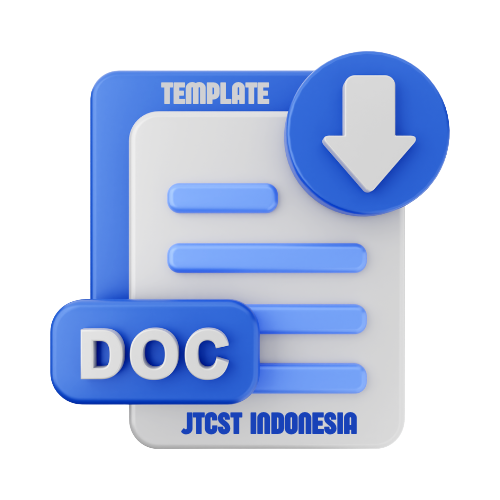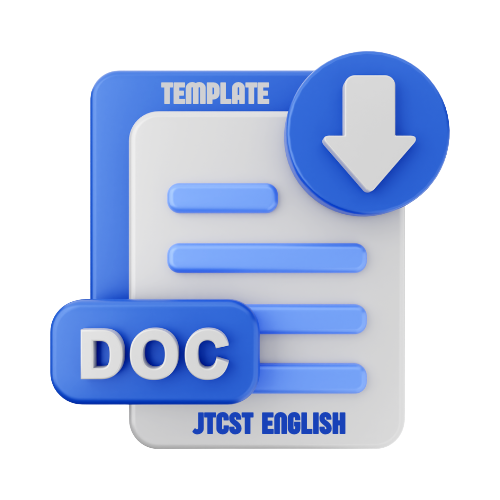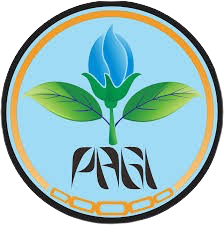| ..:: Quick Menu ::.. |
| Aim and Scope |
| Editorial Team |
| Reviewers |
| Publication Ethic |
| Abstracting/indexing |
| Guideline for Author |
| Screening for Plagiarism |
| Open Access Policy |
| Index Information |
| Copyright Notice |
Screening for Plagiarism
Screening for Plagiarism
Plagiarism occurs when one author uses another's work (typically the work of another author) without permission, credit, or acknowledgment. It can take different forms, from literal copying to paraphrasing.
- Literal copying is reproducing a work word for word, in whole or in part, without permission and acknowledgment of the original source. Literal copying is obvious plagiarism and is easy to detect by comparing the papers in question.
- Substantial copying is reproducing a substantial part of a work without permission and acknowledgment of the original source. In determining what is “substantial,” both the quantity and the quality of the copied content are relevant. Quality refers to the relative value of the copied text in proportion to the work as a whole where the essence of a work has been reproduced, even if only a small part of the original work, plagiarism may have occurred.
- Paraphrasing: copying may take place without reproducing the exact words used in the original work, i.e., without literal or substantial copying. This type of copying is known as paraphrasing, and it can be the most difficult type of plagiarism to detect.
JTCST (Journal Tropical Crop Science and Technology) will immediately investigate and reject papers leading to plagiarism or self-plagiarism. JJTCST (Journal Tropical Crop Science and Technology) investigation on suspected plagiarism will be based on COPE's guidance:
-
Suspected plagiarism in a submitted manuscript here
-
Suspected plagiarism in a published article here
The JTCST Editorial Board will conduct plagiarism screening using Turnitin. The JPBI Editorial Board will ensure that every published article does not exceed a 25% similarity Score.










